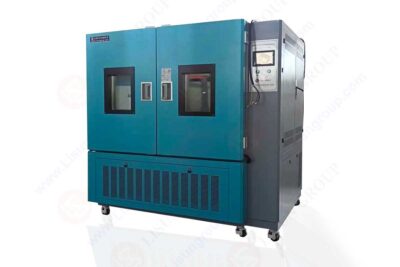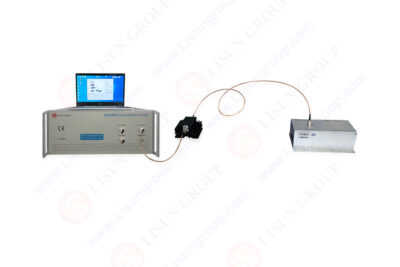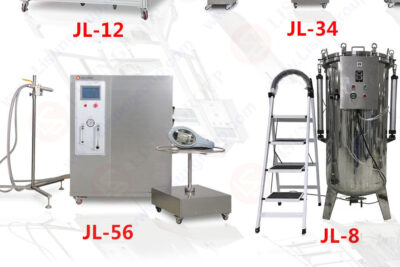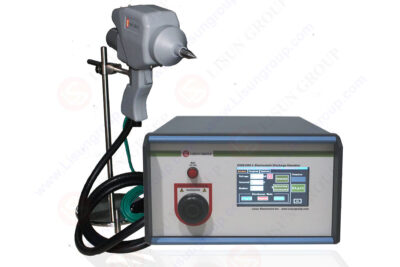
Abstract As the demand for consumer electronics and household appliances increases, so does the need for stringent safety measures to ensure that the materials used in these products do not pose significant fire risks. Flammability test methods are essential for evaluating the fire resistance of materials in electronics and household appliances. This paper provides an in-depth overview of the Hot ...

Abstract With the widespread use of electrical equipment, electrical safety testing has become increasingly important. This paper focuses on the LISUN LS9955 Automatic Safety Test System, specifically discussing its 5kV insulation resistance testing function. By providing a detailed introduction to the system’s testing functions, technical parameters, and application areas, this paper aims to se...

Abstract Temperature and humidity chambers play a critical role in evaluating the durability and performance of various materials and electronic components under different climatic conditions. This study explores the capabilities of the LISUN GDJS-015B Temperature Humidity Chamber | Thermal Chamber, analyzing its efficiency in simulating conditions such as heat resistance, cold endurance, dry resi...

In the modern world, electrical and electronic products are subjected to various mechanical impacts during their usage. These impacts, whether from accidental drops, knocks, or other forms of external force, can cause significant damage to the product, affecting its safety, functionality, and longevity. As such, ensuring that a product’s outer casing and components can withstand such impacts...

Introduction The RF Conducted Immunity Test System is an essential component in the field of electromagnetic compatibility (EMC) testing, specifically designed to evaluate the immunity of electrical and electronic devices against conducted electromagnetic interference (EMI) within a specific frequency range. The conducted immunity test assesses how well a device can resist the harmful effects of R...

Abstract Waterproof testing is a crucial part of ensuring the durability and functionality of products exposed to water or harsh environmental conditions. A reliable waterproof testing machine, such as the LISUN JL-X IP Waterproof Test Equipment, plays a vital role in verifying the waterproof capabilities of different devices, particularly in the context of the Ingress Protection (IP) rating syste...

Introduction In the field of environmental testing, the thermal cycle test chamber plays a crucial role in ensuring the reliability of materials, components, and products under extreme conditions. The LISUN GDJS-015B Temperature Humidity Chamber is an exemplary model designed for high and low-temperature humidity testing. It enables manufacturers and researchers to simulate a variety of environmen...

Abstract Electrostatic discharge (ESD) is one of the most common sources of electrical interference in modern electronic devices. To ensure product reliability and compliance with industry standards, the IEC 61000-4-2 standard provides guidelines for the simulation of ESD events. This paper explores the concept of ESD and its effects, focusing on the application of the LISUN ESD61000-2 ESD Simulat...

Abstract Flammability test in textile is a crucial assessment to ensure textile products meet fire safety standards. The LISUN ZY-3 Needle Flame Test provides an effective method for evaluating textile materials’ resistance to ignition by small flames. This article discusses the significance, methodology, and results of using the LISUN ZY-3 Needle Flame Test in textile flammability testing. ...